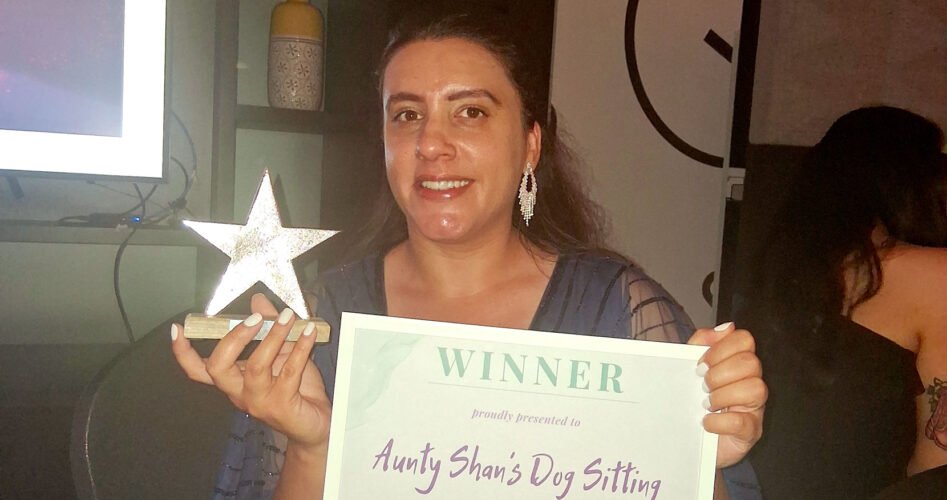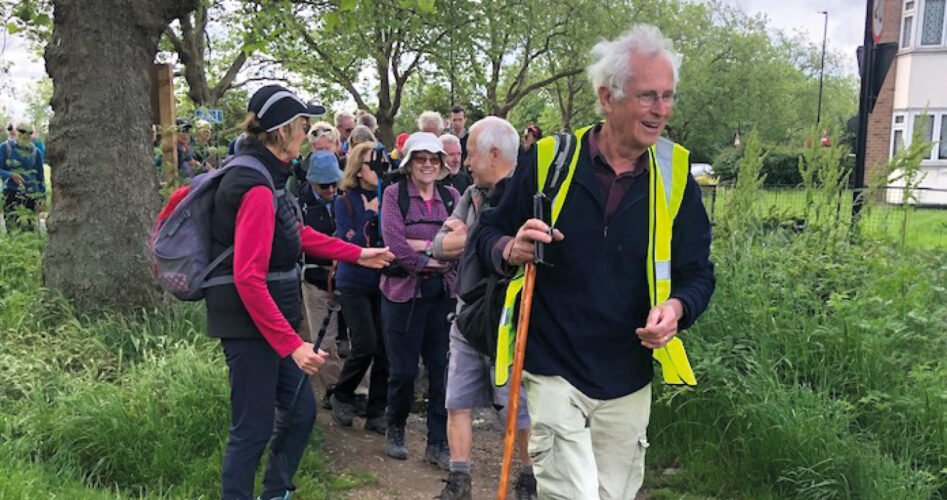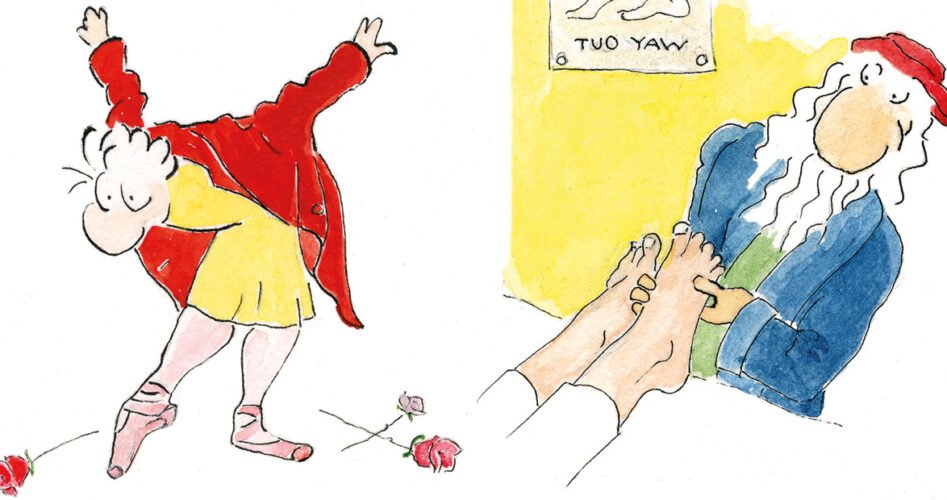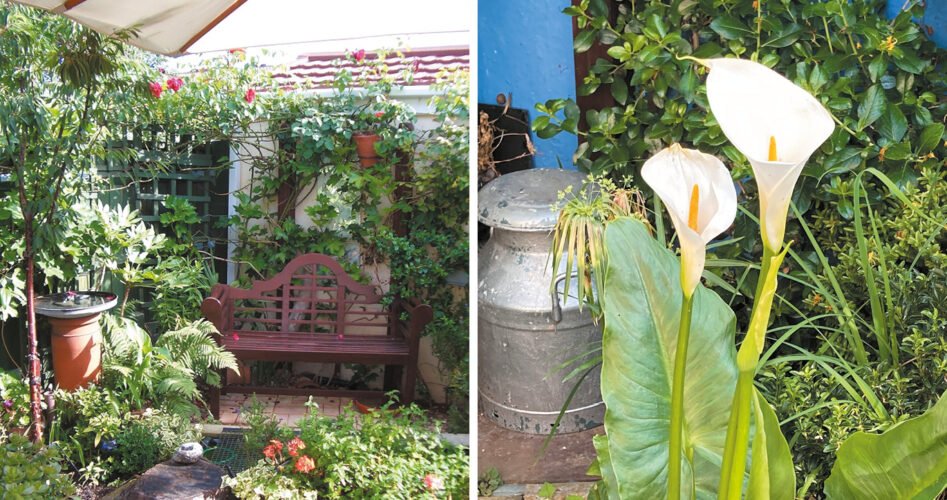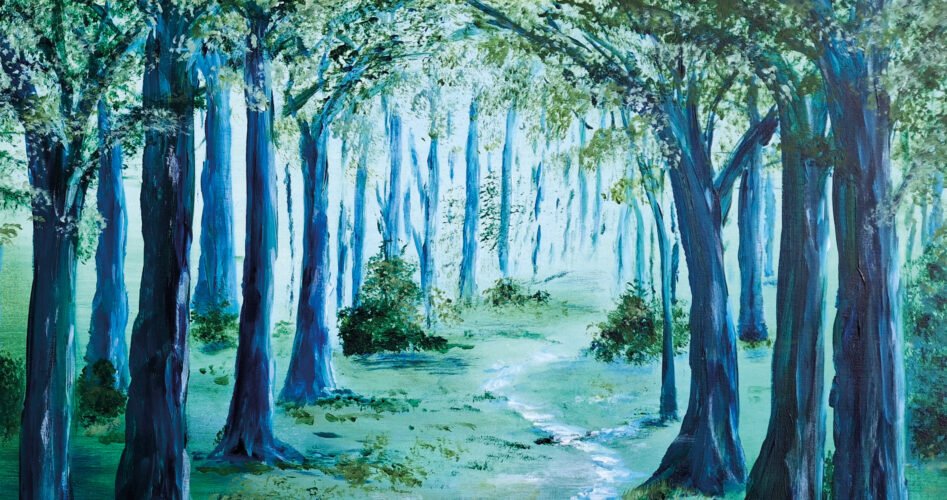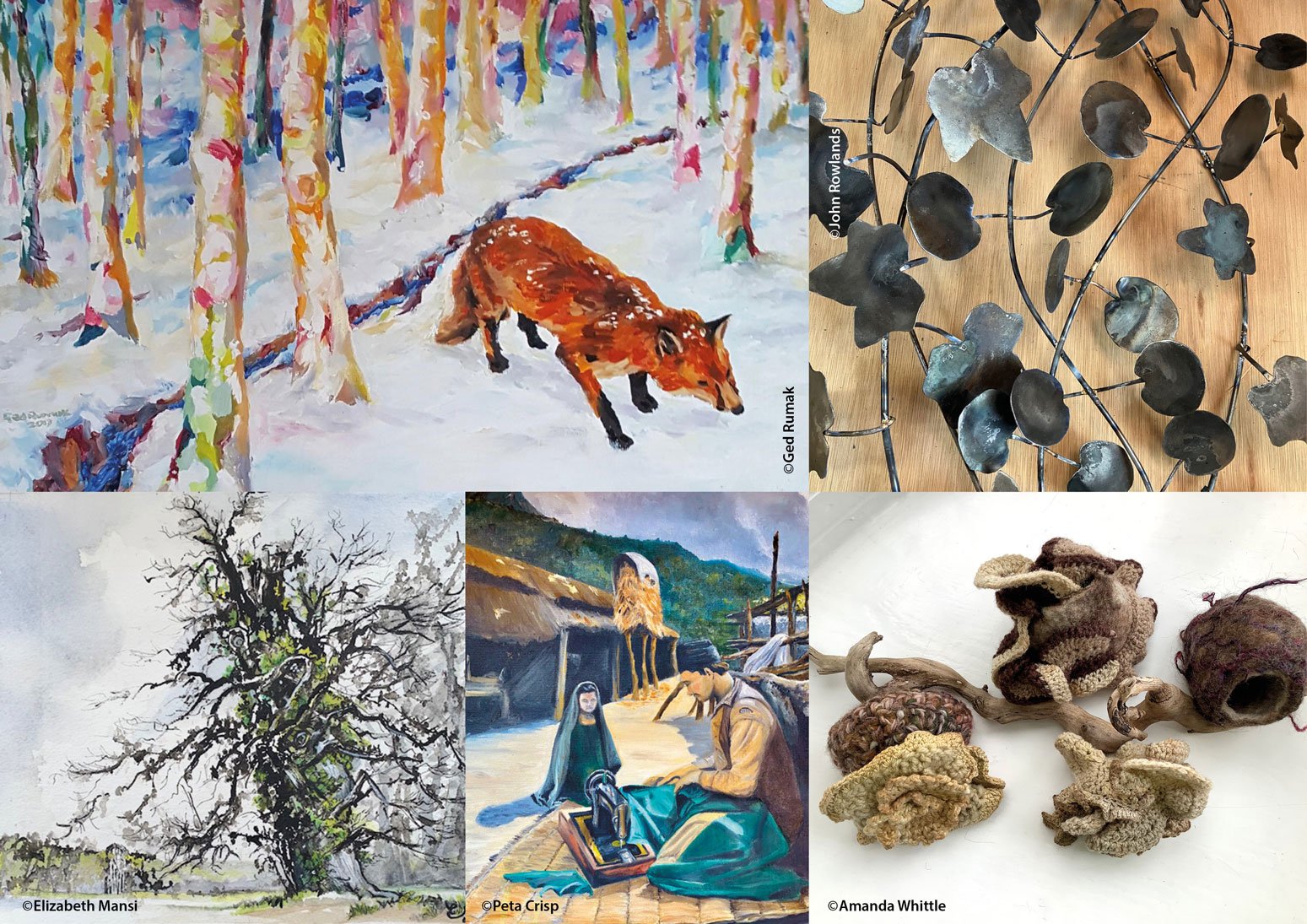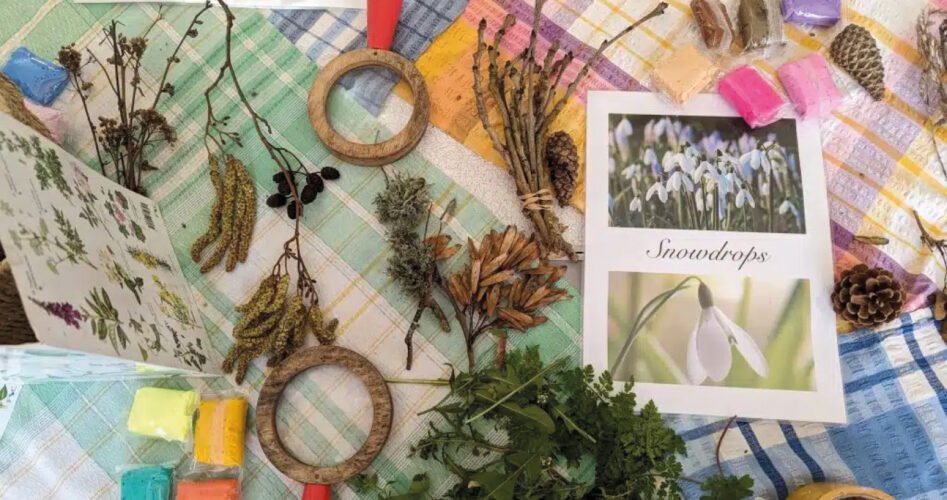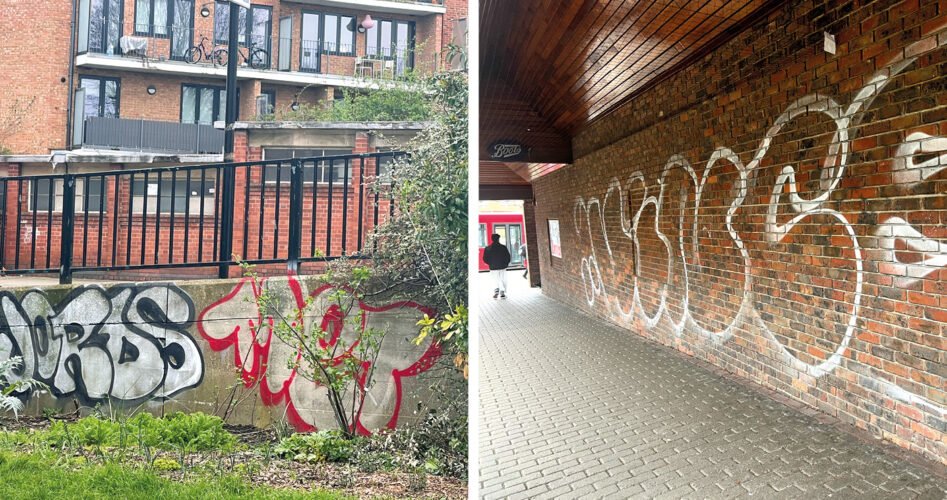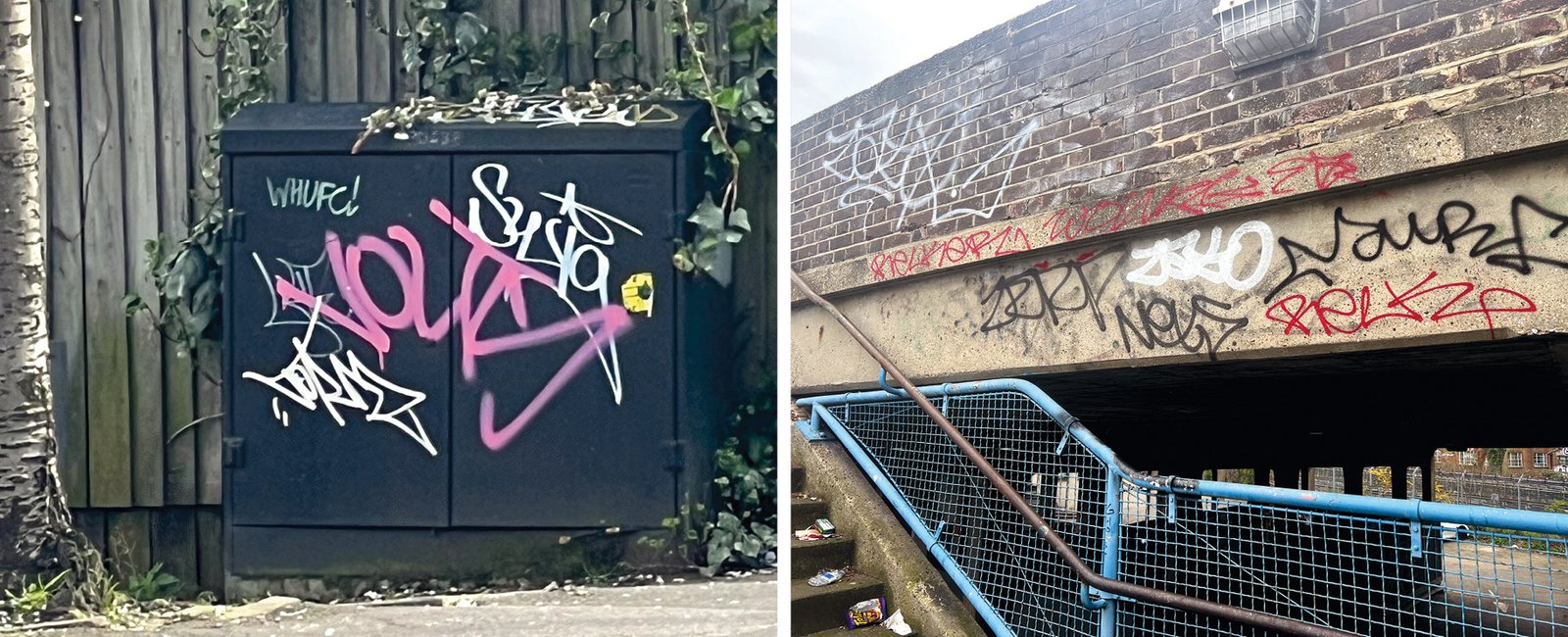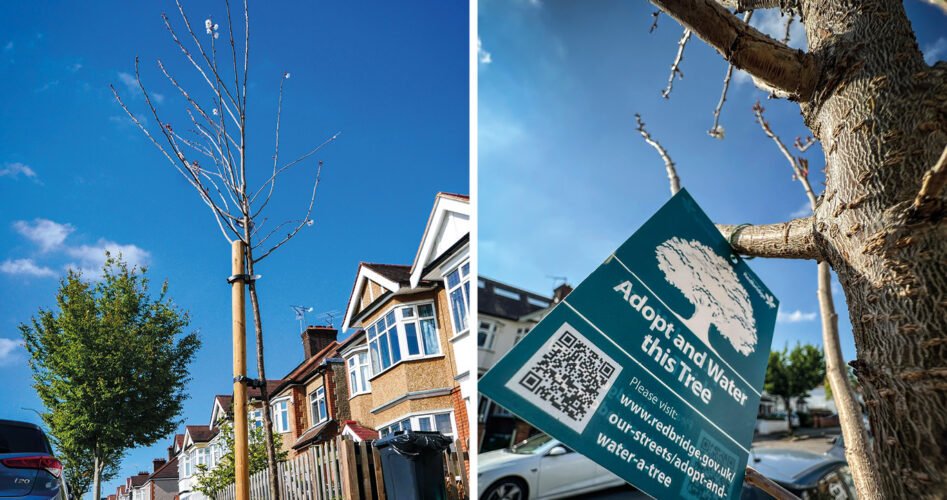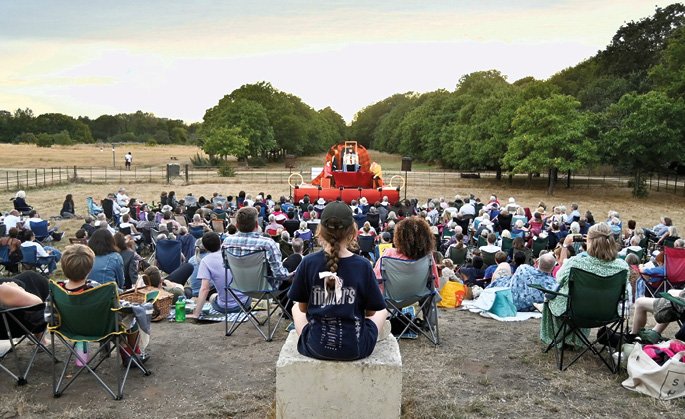South Woodford resident Shaheen Riaz was named southern region dog sitter of the year at the Animal Star Awards in May.
“I am deeply honoured to have won this award, a recognition that feels like a beautiful acknowledgment of the journey I’ve been on with every dog and owner who has trusted me,” said the former school PA, who launched Aunty Shan’s Dog Care part-time in August 2023. In January 2024 it became a full-time business after Shaheen lost her beloved grandmother a few months earlier. “I’d always known that life is short, but her unexpected passing solidified that truth in the most profound way.”
Shaheen went on to establish a business which offers detailed care plans for each dog sit or overnight stay, with personalised and specialised care and ongoing dog support. “Starting a dog-sitting business wasn’t just hard work – it consumed every spare moment, in the most positive way.”
“Life before this business was incredibly dark for me. Trauma had left deep scars, and there were moments I genuinely didn’t think I would make it. All of the amazing dogs and equally amazing owners have quite literally been a life saver. They’ve given me purpose, joy and a reason to wake up excited every single day… Dogs have become my heart and soul… I hope to inspire others to go and follow their dreams no matter what!”
Aunty Shan’s Dog Care has availability from August 2025 and is taking bookings for 2026.
Judged by a panel of industry experts, the Animal Star Awards celebrate individuals and organisations that go above and beyond to make a difference in the lives of animals.
For more information, visit auntyshansdogcare.com

